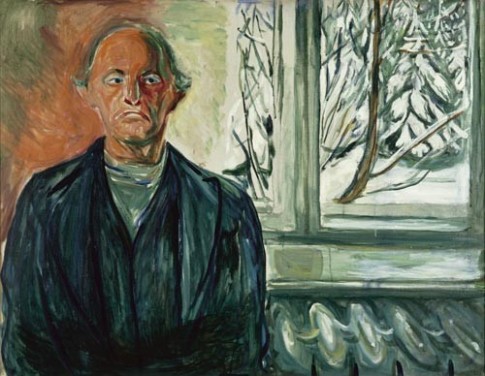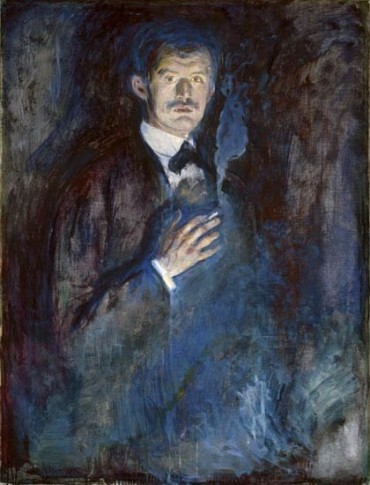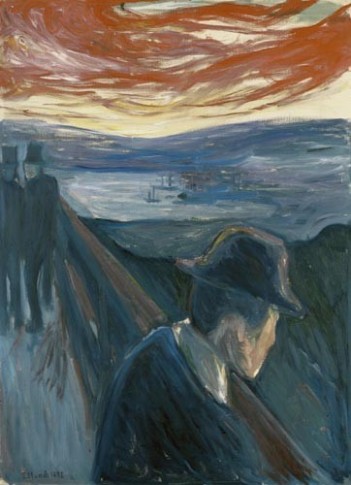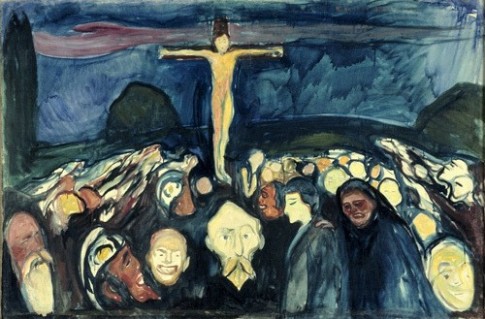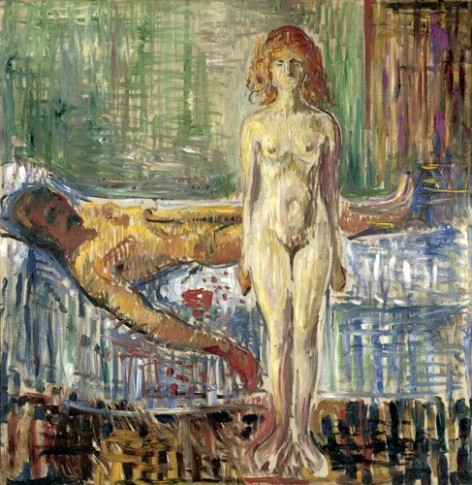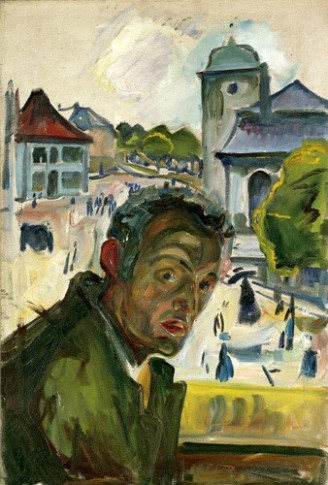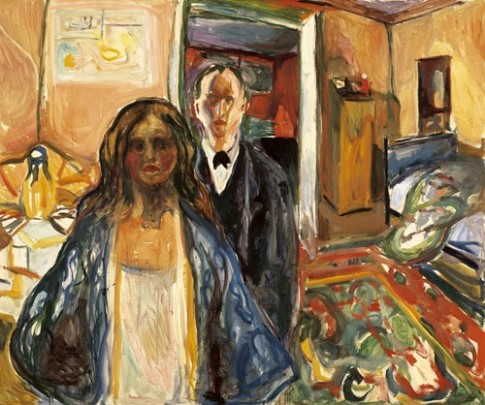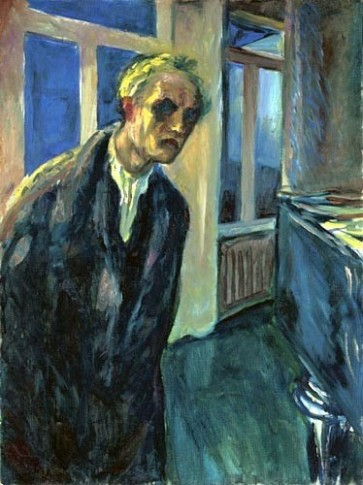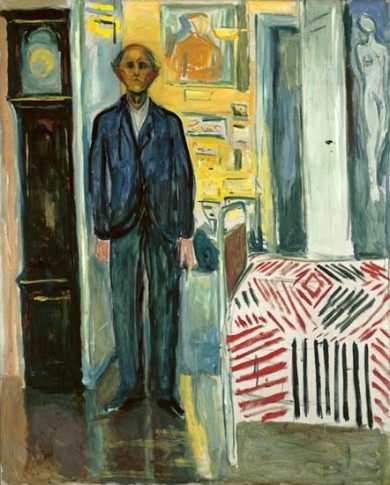Ernest Thiel´s Munch Collection
In 1905, he asked Munch to paint a portrait of the German philosopher Friedrich Nietzsche (1844-1900): “of the man to whom I am in greater debt than to any other person,” as Thiel writes in a letter to Munch.
In his philosophy, Friedrich Nietzsche re-evaluates all values, and idealises the new man who rejects religion and the after-life in favour of life on earth. His thoughts made a deep impression on Munch and his contemporaries. Munch depicted the deceased philosopher in a larger-than-life format to accentuate his importance.
A new version of Munch’s famous The Sick Child from 1885 was commissioned by Thiel in 1907. That autumn, Thiel writes enthusiastically: “My Munch wall will be the most handsome in all of Europe”. The same year, Munch finished a portrait of Ernest Thiel, showing the banker in a proud, contemplative pose with arms crossed over his chest, as the new, self-conscious man in the spirit of Nietzsche.
Thiel also managed to purchase Women on the Bridge from Munch’s German patron Dr Max Linde. Two sensitive renditions of women and children were also added to the Thiel collection, along with two landscapes from Munch’s sojourn in Thüringen in Germany.
Thiel’s mansion and art collection at Blockhusudden on Djurgården in Stockholm have been open to the public since 1926. His Munch collection is the finest outside Norway.

